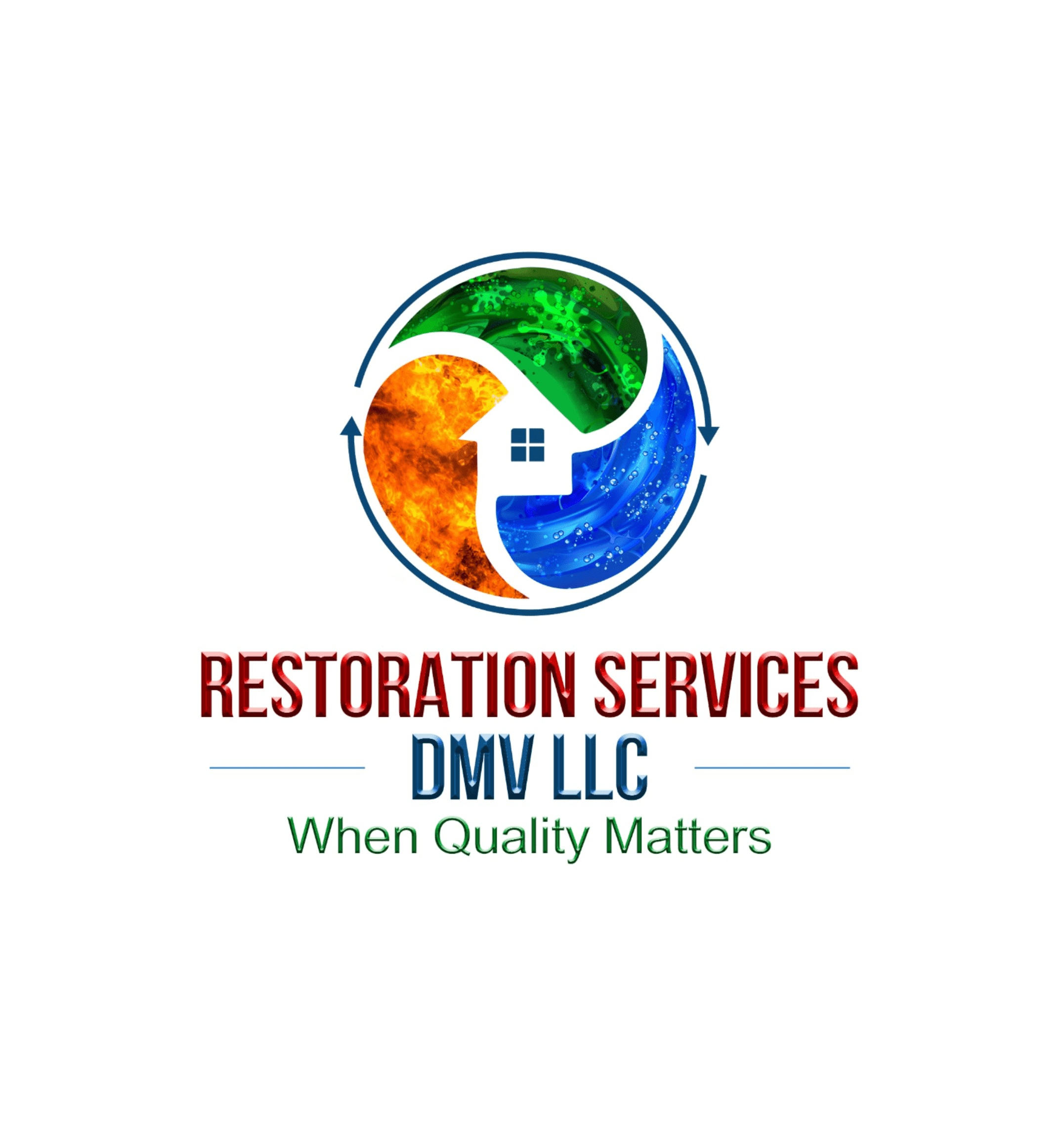Restoring Homes: A Comprehensive Guide to Water Damage Restoration

Posted Feb 28th, 2024
Water damage can be a devastating ordeal for homeowners, wreaking havoc on property and possessions alike. From burst pipes to flooding, the aftermath of water damage can be overwhelming. However, with prompt and effective restoration efforts, the impacts can be minimized, and properties can be restored to their former glory. In this comprehensive guide, we delve into the intricacies of water damage restoration, offering insights, tips, and expert advice to help homeowners navigate through this challenging process.
Understanding Water Damage
Water damage can occur in various forms, each presenting unique challenges and implications for restoration. Whether it's the result of a sudden burst pipe, a leaking roof, or a natural disaster such as flooding, the effects of water damage can be far-reaching. Immediate action is crucial to prevent further damage and mitigate the risks associated with water intrusion.
Assessing the Damage
The first step in the water damage restoration process is to assess the extent of the damage. This involves identifying the source of the water intrusion, evaluating the affected areas, and determining the category and classification of the water damage. Categories range from clean water (Category 1) to contaminated water (Category 3), while classifications indicate the extent of the damage, ranging from localized damage to widespread saturation.
Safety First
Before embarking on any restoration efforts, it's essential to prioritize safety. Water damage can pose various hazards, including electrical hazards, structural instability, and microbial growth. Ensure that the affected area is safe to enter, and take appropriate precautions such as wearing protective gear and turning off electrical sources before beginning any cleanup or restoration activities.
Water Extraction
Once safety measures are in place, the next step is to remove standing water from the premises. This typically involves the use of specialized equipment such as pumps, wet vacuums, and dehumidifiers to extract water efficiently and expedite the drying process. Thorough water extraction is essential to prevent further damage and minimize the risk of mold growth.
Drying and Dehumidification
After water extraction, the focus shifts to drying and dehumidification. This entails using air movers and dehumidifiers to remove moisture from the air and accelerate the drying process. Proper drying techniques are critical to prevent secondary damage such as mold growth and structural deterioration. Monitoring moisture levels throughout the drying process is essential to ensure thorough drying and prevent potential issues down the line.
Cleaning and Sanitizing
Once the affected areas are dry, it's time to clean and sanitize the space to eliminate any lingering contaminants and prevent microbial growth. This may involve disinfecting surfaces, removing debris, and treating affected materials with antimicrobial solutions to ensure a safe and hygienic environment.
Restoration and Repairs
With the cleanup and sanitization complete, the final step is restoration and repairs. This may involve repairing damaged structures, replacing flooring and drywall, and restoring any belongings that may have been affected by water damage. Working with experienced professionals is essential to ensure that the restoration process is carried out effectively and efficiently, restoring the property to its pre-loss condition.
Preventing Future Damage
While water damage can be unpredictable, there are steps homeowners can take to minimize the risk of future incidents. Regular maintenance of plumbing and roofing systems, proper drainage around the property, and the installation of flood prevention measures such as sump pumps and backflow valves can help mitigate the risk of water damage.
Conclusion
In conclusion, water damage restoration is a complex and multifaceted process that requires prompt action, careful planning, and expert execution. By understanding the intricacies of water damage, prioritizing safety, and enlisting the help of experienced professionals, homeowners can navigate through this challenging ordeal with confidence. Restoration Services DMV, LLC stands ready to assist homeowners in Capitol Heights and the surrounding areas with their water damage restoration needs. Contact us today at (703) 342-2797 for expert assistance and peace of mind.
Send a Message
Ready to restore your property to its former glory? Contact us today using the form below to schedule a free consultation. Our team is standing by to provide expert restoration solutions tailored to your needs.
